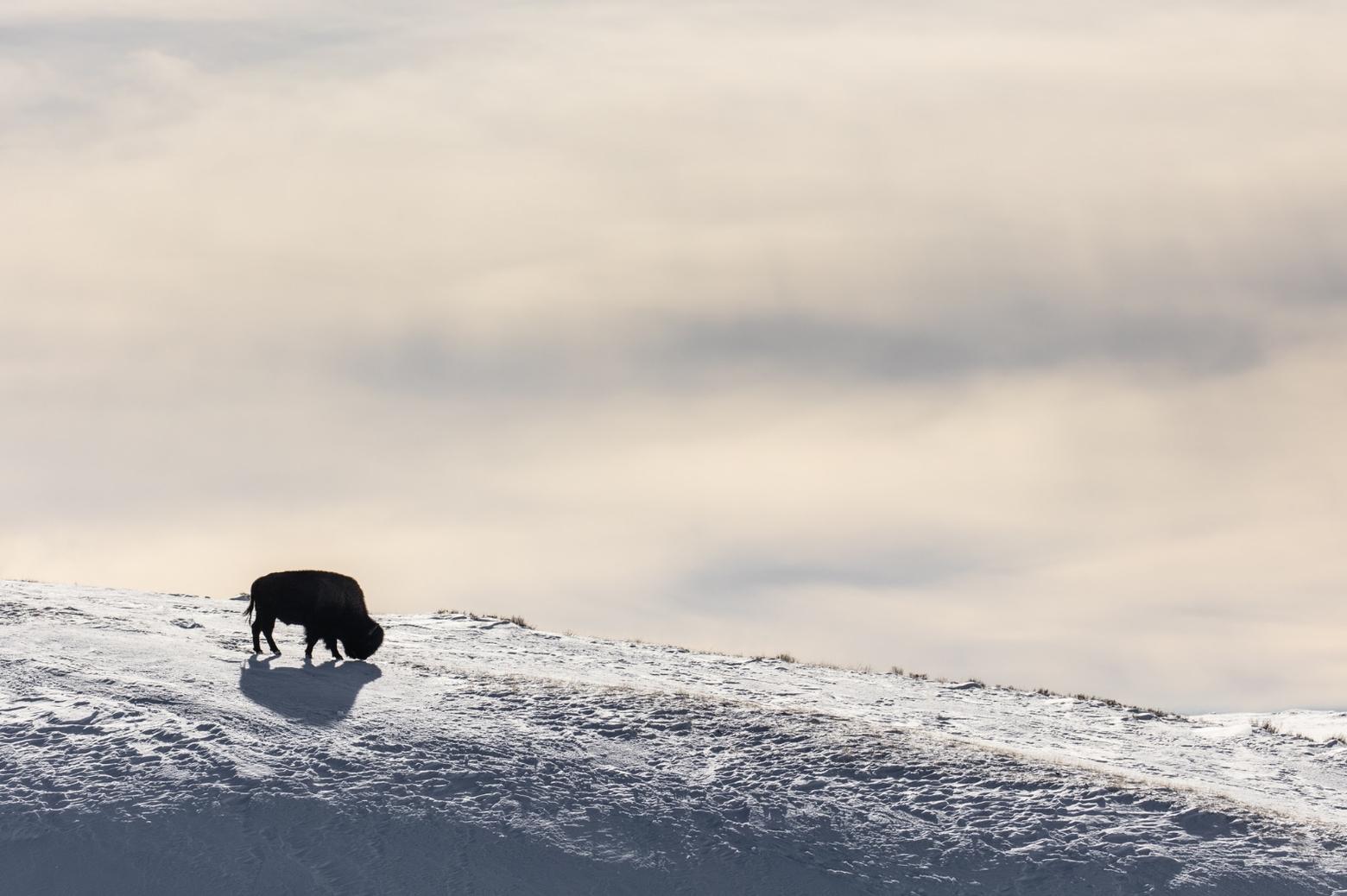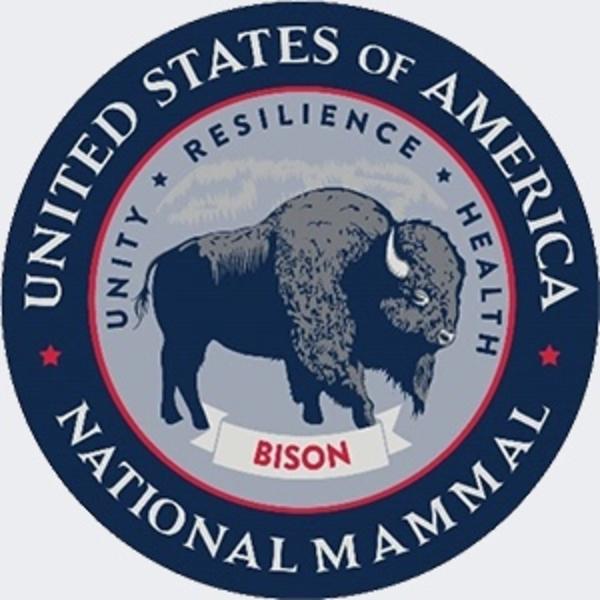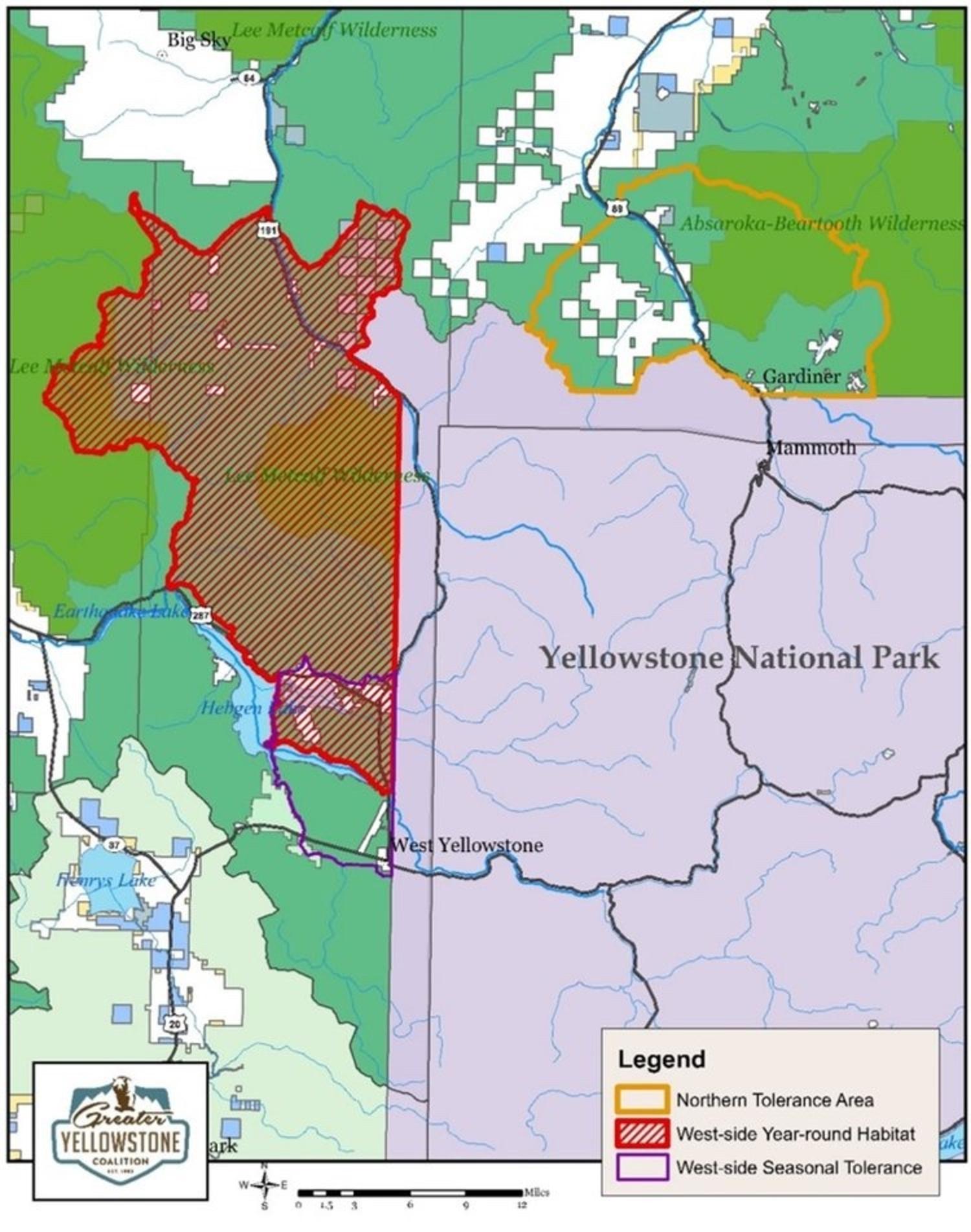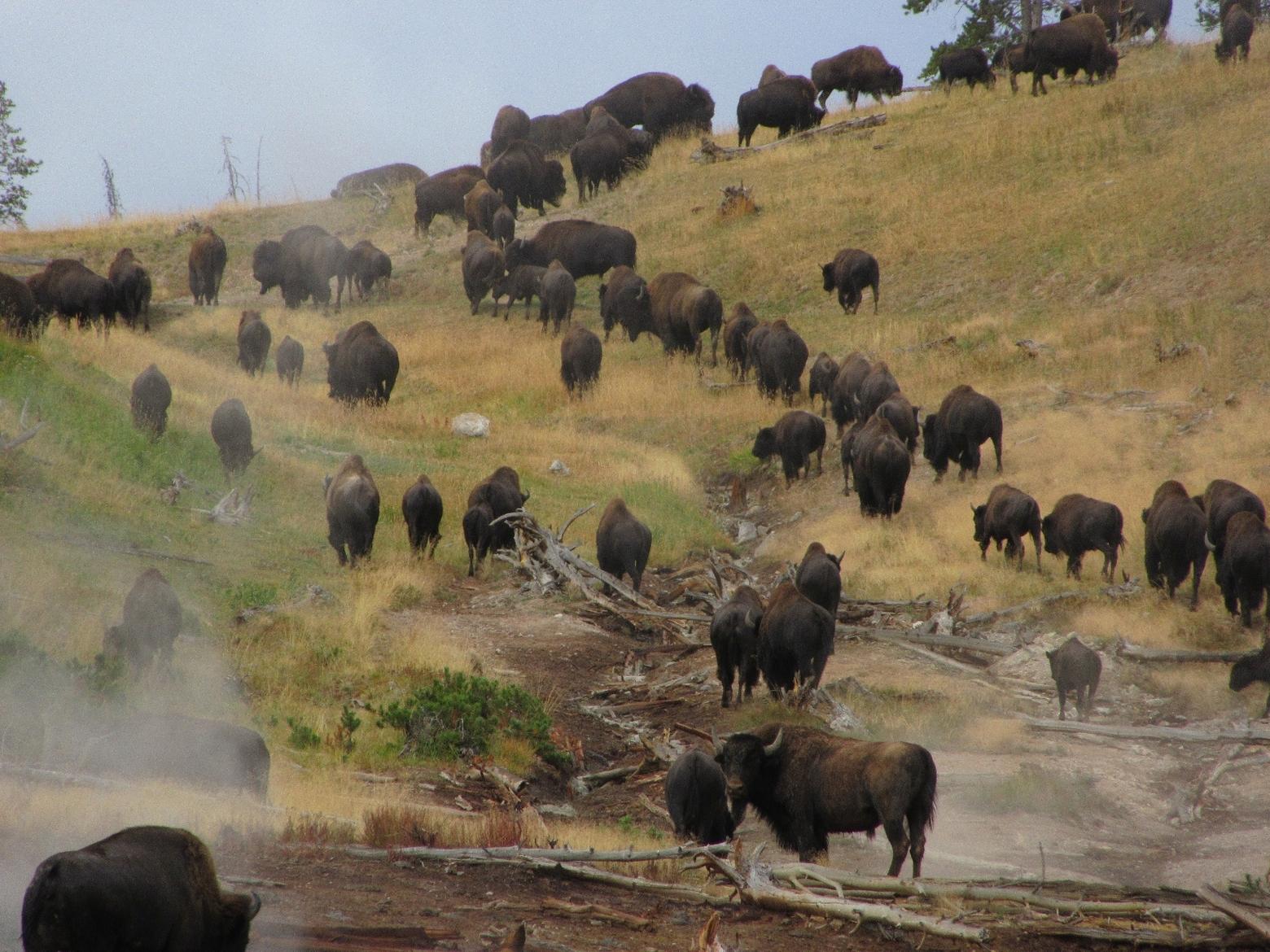Back to StoriesA Wildlife Tour Guide Speaks Out Against Destruction Of Yellowstone Bison
Bison belong on this landscape. Yellowstone is the only place in the world with bison, wolves and grizzly bears, all interacting. The bison make it a vibrant and wild and fecund ecosystem. I believe the ongoing slaughter and removal of large numbers of bison is impoverishing the ecosystem by eliminating hundreds of thousands of pounds of sheer biomass, never to return.
November 19, 2017
A Wildlife Tour Guide Speaks Out Against Destruction Of Yellowstone BisonConservationist Phil Knight Criticizes Treatment of America's Official National Mammal
Last spring the state of Montana and National Park
Service sent 748 Yellowstone bison to their doom at slaughterhouses. Another
453 of the charismatic, shaggy critters were killed by hunters on the
Yellowstone Park border. That’s over 1,200 bison killed, the most since 2008—10,300 since the late 1980s.
The silence over this wholesale slaughter of the United States’ recently-designated official “National
Mammal” has been deafening. And the slaughter is not over.
Another 1,200 Yellowstone
bison are to be destroyed in the spring of 2018 in an effort to bring the
population down to the artificial carrying capacity of 3,000. That means nearly
half of Yellowstone’s bison will be killed in less than two years, reducing the
animals from 5,500 in winter 2017 to 3,000 in summer 2018.
There are going to be a lot fewer bison to see in
Yellowstone. Yellowstone is the best place in the world to observe wild bison,
but they are going to be harder to find. I work as a tour guide in Yellowstone
and it is always a thrill to share the sight of bison herds hundreds strong
roaming the Lamar and Hayden valleys, especially during the summer rut when the
bulls roar and grunt and fight.
Bison belong on this landscape. Yellowstone is the only place in the world with bison, wolves and grizzly bears, all interacting. The bison make it a vibrant and wild and fecund ecosystem. I believe the ongoing slaughter and removal of large numbers of bison is impoverishing the ecosystem by eliminating hundreds of thousands of pounds of sheer biomass, never to return.
Imagine how many bears and wolves and other scavengers all those bison
could feed. We are worried about grizzly bears losing food sources like whitebark pine and Cutthroat trout, but what about bison? The first thing a
grizzly looks for as it emerges from hibernation is a winter-killed carcass,
and that is often a bison.
On December 22, 2015, Montana Gov. Steve Bullock
approved an expanded tolerance zone for bison in Montana. While the governor’s decision
has eased the hazing of bison on the Park’s western border and allowed some
bulls to wander in the Gardiner Basin unmolested, the annual slaughter at Reese
Creek over the invisible northern park line makes a mockery of this so-called tolerance.
The largest area of increased bison tolerance is the Taylor
Fork drainage and the upper Gallatin River (see map). Nearly three years later,
how many bison do you suppose are in that area? That's right, zero. The bison
cannot get there on their own due to topography and deep snow. Meanwhile hundreds are being slaughtered to
meet a population target set by an outdated, 2001 management plan.
No doubt, brucellosis in bison is still a problem, even
though there has never been a proven case of wild bison transmitting the
disease to livestock. But bison can be and often are tested for brucellosis
before being transported anywhere. Why are sero-negative bison not being
trucked to the Taylor Fork?
The Taylor Fork is a huge drainage with vast meadows, no
cattle and minimal human population. There are a few guest ranches offering
horseback rides and guided hunts. It is designated as a bison tolerance zone.
Imagine the hunting opportunities in the Taylor Fork once
bison become established. It could be a real hunt for wild animals instead of
the canned hunt that occurs near Gardiner.
Bison in Montana get a very raw deal. They are treated like
livestock, when in fact they are native wild animals. The Interagency Bison
Management Plan needs to be updated, bison should be transported to the Taylor
Fork, and our National Mammal should get the respect it deserves.
Surely American Bison deserve far better than this. We
pushed them to the brink of extinction in the wild, yet they persevere.
These are the wildlife that the U.S. Cavalry and National Park
Service put 50 years into restoring to a self-sustaining population after we nearly lost the species.
These are the animals that sustained some of the most
magnificent nomadic nations the world has ever seen – the Plains Indian tribes.
These are the megafauna that survived the great Pleistocene
extinctions that wiped out such impressive beasts as woolly mammoths and giant
short-faced bears.
These are the Thunderbeast of legend, shakers of the Earth
with their vast herds once covering the plains with a brown, moving carpet that
took hours and hours to pass.
These are Tatanka, sacred animals to entire nations of
people who drove them over cliffs in chaotic harvests and built up deep layers
of their bones.
These are the Buffalo, an irreplaceable part of the legend
of the Wild West.
These are Bison bison, giver of life to an entire vanishing
high plains ecosystem and benefactor of
the prairie dog, ferruginous hawk, burrowing owl, swift fox, and black-footed
ferret.
Bring back the buffalo, and let them roam free again.






